|
|
|
|
Image Gallery for Melanoplus keeleri keeleri - Keeler's Locust
|
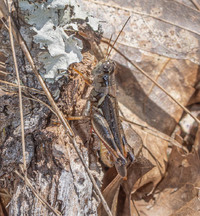 | Recorded by: Steve Hall
Richmond Co.
Comment: |  | Recorded by: Stephen Hall
Richmond Co.
Comment: |
 | Recorded by: Mark Basinger, Jim Petranka, and Becky Elkin
Richmond Co.
Comment: |  | Recorded by: Mark Basinger, Jim Petranka, and Becky Elkin
Richmond Co.
Comment: |
 | Recorded by: Mark Basinger, Jim Petranka, and Becky Elkin
Richmond Co.
Comment: |  | Recorded by: Mark Basinger, Jim Petranka, and Becky Elkin
Richmond Co.
Comment: |
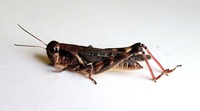 | Recorded by: Mark Basinger, Jim Petranka, and Becky Elkin
Richmond Co.
Comment: | 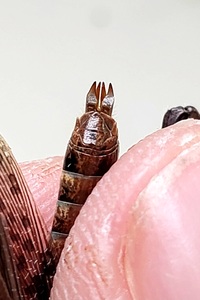 | Recorded by: Mark Basinger, Jim Petranka, and Becky Elkin
Richmond Co.
Comment: |
 | Recorded by: Mark Basinger, Jim Petranka, and Becky Elkin
Richmond Co.
Comment: | 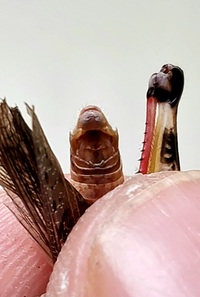 | Recorded by: Mark Basinger, Jim Petranka, and Becky Elkin
Richmond Co.
Comment: |
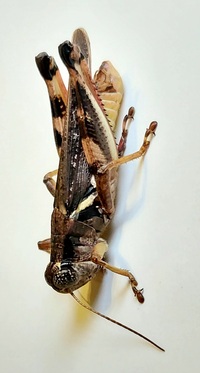 | Recorded by: Mark Basinger
Columbus Co.
Comment: | 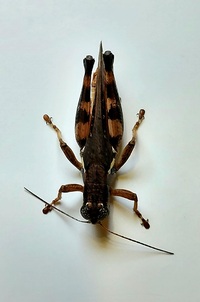 | Recorded by: Mark Basinger
Columbus Co.
Comment: |
 | Recorded by: Ed Corey, Steve Hall, Scott Pohlman, Judy Ratcliffe
Scotland Co.
Comment: Adult male. Photo by Scott Pohlman |  | Recorded by: Steve Hall, Bo Sullivan, Jim Petranka
Scotland Co.
Comment: |
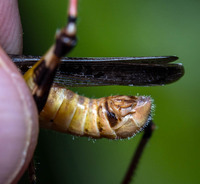 | Recorded by: Steve Hall, Bo Sullivan, Jim Petranka
Scotland Co.
Comment: Common | 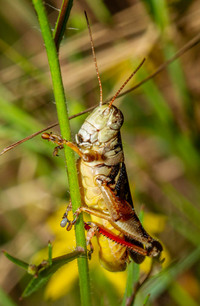 | Recorded by: Steve Hall
Scotland Co.
Comment: |
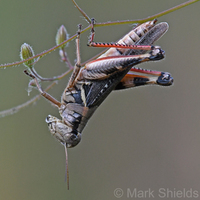 | Recorded by: Mark Shields
Duplin Co.
Comment: | 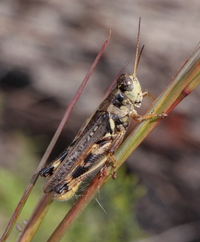 | Recorded by: Stephen Hall
Harnett Co.
Comment: |
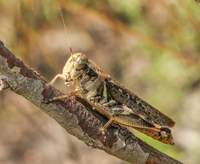 | Recorded by: Stephen Hall
Harnett Co.
Comment: | 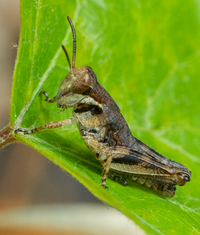 | Recorded by: Stephen Hall
Moore Co.
Comment: Nymph. Identification based on location and the pattern on hind tibia |
 | Recorded by: Stephen Hall
Brunswick Co.
Comment: |

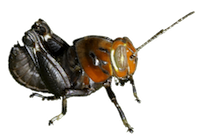 »
»

 »
»